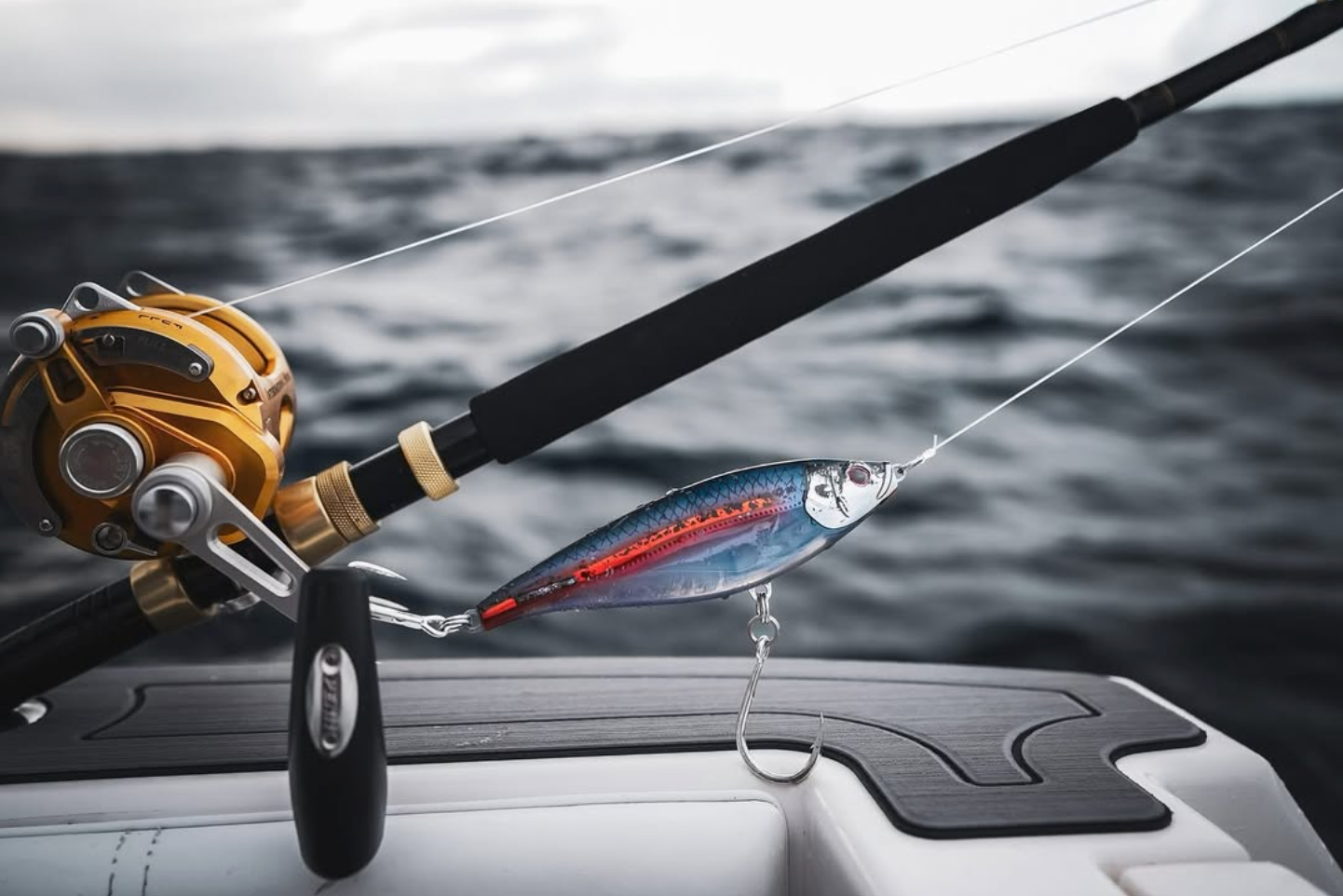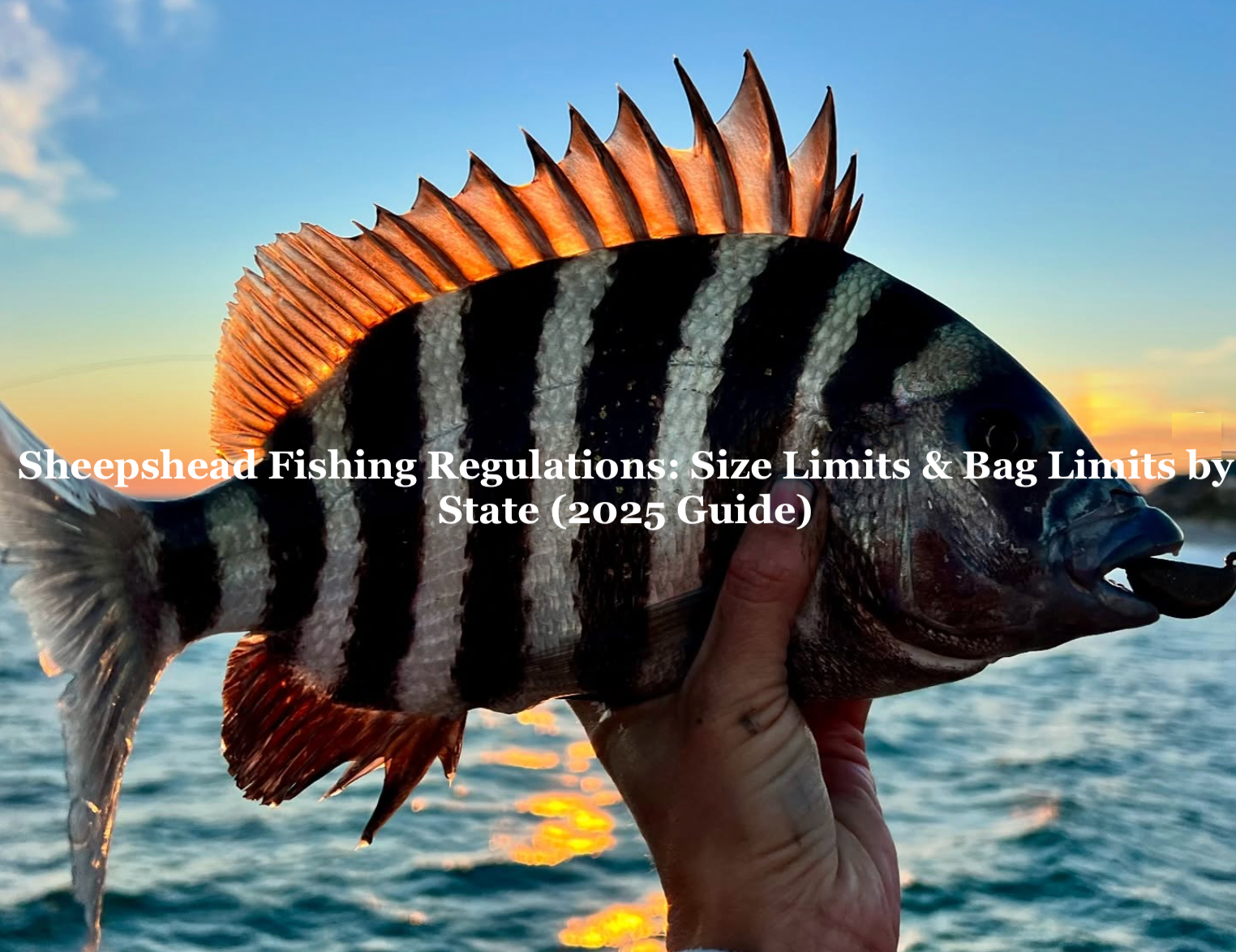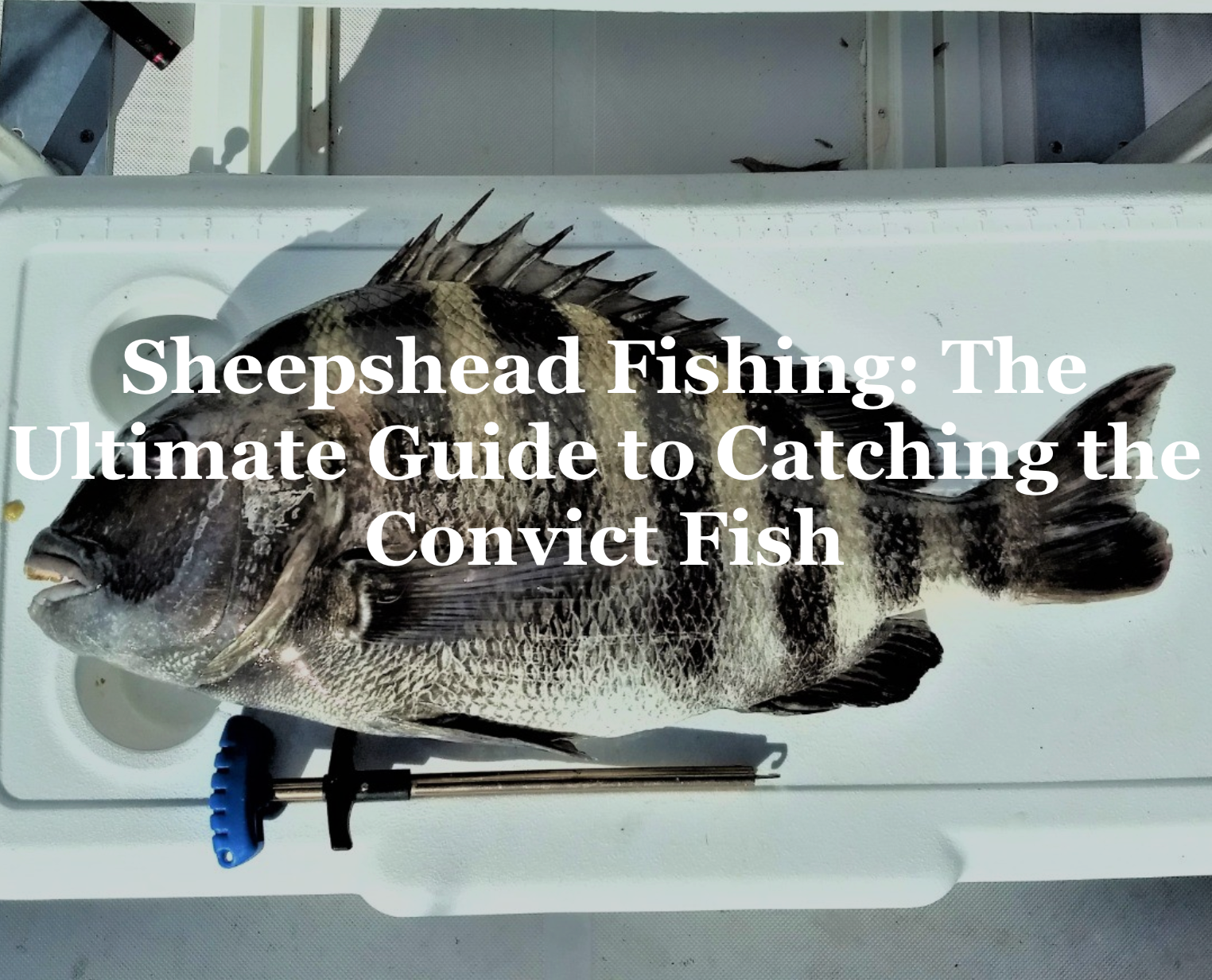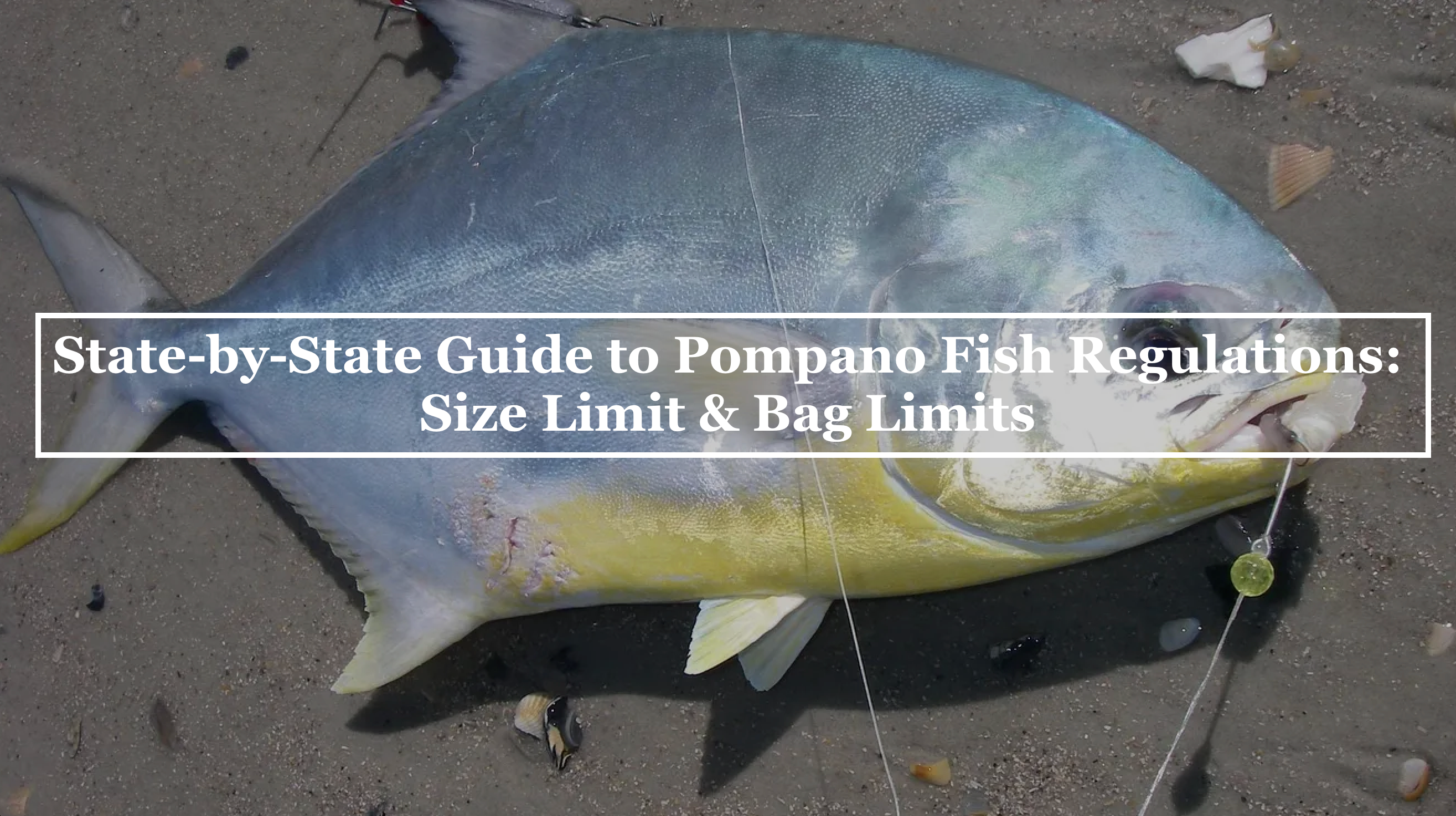J hooks are a cornerstone of angling, revered for their versatility and effectiveness across freshwater and saltwater fishing. Known for their distinctive "J" shape, these fishing hooks are a go-to choice for anglers targeting everything from panfish to marlin. In this comprehensive guide, we’ll explore everything you need to know about J hooks, including types, sizes, top brands, how to use them, and how they compare to circle hooks. Whether you’re a beginner or a seasoned angler, this guide will equip you with the knowledge to maximize your catch rate using the best J hooks for your fishing adventures.
What Are J Hooks?

J hooks, often called suicide or octopus hooks, are characterized by their J-shaped design, with a sharp point, round bend, and long shank that extends parallel to the point, ending in an eye for attaching the fishing line. Their open gape and straightforward design make them incredibly versatile, suitable for a wide range of baits and fishing techniques. Unlike circle hooks, which self-set in the corner of a fish’s mouth, J hooks require an active hook set, making them ideal for aggressive strikes and situations where precise hooking is needed.
Why Choose J Hooks?
-
Versatility: J hooks work with live bait, dead bait, soft plastics, and lures, making them a staple in both freshwater and saltwater tackle boxes.
-
Effective Hook Sets: The design allows for solid hook penetration, especially when anglers strike sharply to set the hook.
-
Wide Application: From shallow-water straylining to deep-sea trolling, J hooks excel in various fishing scenarios.
However, J hooks can increase the risk of gut-hooking if swallowed, which may affect catch-and-release fishing. Anglers must weigh this against their fishing goals, such as keeping fish for consumption or targeting aggressive species.
J Hook Types: Understanding Your Options

J hooks come in various styles, each tailored to specific fishing techniques and target species. Here are the most common J hook types:
1. Baitholder Hooks
Baitholder J hooks feature small barbs or slices along the shank to secure live or cut bait, such as worms, shrimp, or minnows. They’re ideal for freshwater species like bass, walleye, and panfish, as well as inshore saltwater fish like redfish.
-
Best Use: Rigging worms or cut bait for bottom fishing.
-
Sizes: #6 to 1/0 for smaller fish, 2/0 to 4/0 for larger species.
2. Octopus Hooks
Octopus hooks are a subtype of J hooks with a shorter shank and wider gape, resembling an octopus tentacle. They’re popular for live bait fishing and drop-shot rigs, especially for bass and crappie. Their offset eye makes them ideal for snelling, ensuring the hook point aligns with the line.
-
Best Use: Nose-hooking small plastics or live bait for finesse fishing.
-
Sizes: #8 to #1 for panfish, 1/0 to 3/0 for bass.
- 3. O’Shaughnessy Hooks
These heavy-duty J hooks have a medium shank and thick wire, designed for big game fishing. They’re favored for offshore species like cod, conger eels, and sharks.
-
Best Use: Fishing with large baits for trophy fish.
-
Sizes: 4/0 to 14/0.
4. Wide Gap J Hooks
Wide gap J hooks, often used with soft plastics, have an extra-wide bend to accommodate bulky baits like lizards or creature baits. They’re a favorite for Texas and Carolina rigging in freshwater bass fishing.
-
Best Use: Flipping or pitching soft plastics in heavy cover.
-
Sizes: 1/0 to 4/0.
5. O’Shaughnessy Hooks
Heavy-duty with a medium shank and thick wire, suited for big game fish like tuna or sharks.
- Best Use: Offshore fishing with live or cut baits, trolling, or bottom fishing.
- Sizes: 4/0 to 14/0.
6. Jig Hooks:
Feature an eye bent 60 or 90 degrees toward the barb, enhancing motion for jigging and fly fishing.
- Best Use: Crafting jigs for bass or trout, and tying flies for salmon or steelhead.
- Sizes: #12 to 2/0.
|
Hook Type |
Best Use |
Target Species |
|---|---|---|
|
Standard J Hook |
General-purpose fishing |
Various |
|
Baitholder |
Live or cut bait |
Bass, catfish, redfish |
|
Octopus |
Finesse fishing, live bait |
Bass, crappie, salmon |
|
Wide Gap |
Soft plastics, heavy cover |
Bass, pike |
|
O’Shaughnessy |
Big game fishing |
Tuna, marlin, sharks |
|
Jig Hook |
Jigging, fly fishing |
Trout, bass |
J Hook Sizes: Choosing the Right Fit

Understanding J hook sizes is critical for matching the hook to your target species and bait. Hook sizes are denoted by numbers (e.g., #10) for smaller hooks and aughts (e.g., 1/0) for larger ones. The larger the number, the smaller the hook; the higher the aught, the larger the hook.
-
Small Hooks (#10 to #1): Ideal for panfish, trout, and small baits like worms or crickets. For example, a #6 baitholder is perfect for bluegill.
-
Medium Hooks (1/0 to 3/0): Suited for bass, walleye, and inshore species like redfish, using minnows or soft plastics.
-
Large Hooks (4/0 to 16/0): Designed for big game fish like tuna, marlin, or sharks, often paired with large live baits or trolling lures.
|
Fish Species |
Recommended J Hook Size |
|---|---|
|
Bluegill |
#12 to #4 |
|
Bass |
#1 to 1/0 |
|
Catfish |
2/0 to 6/0 |
|
Tuna |
7/0 to 10/0 |
|
Marlin |
9/0 to 16/0 |
A general rule is to match the hook size to the bait size and the fish’s mouth. For instance, a 5-pound bass requires a smaller hook than a 50-pound tuna. Always ensure the hook’s gap is wide enough for the bait to move naturally.
How to Use J Hooks

Effective use of J hooks involves proper rigging, bait presentation, and hook-setting techniques.
Rigging Techniques
-
Live Bait: Thread worms or minnows onto baitholder or octopus hooks, keeping the point exposed.
-
Cut Bait: Use baitholder hooks for chunks of fish or squid to prevent slippage.
-
Soft Plastics: Rig wide gap J hooks for Texas or Carolina setups, ensuring the hook point surfaces on the set.
-
Lures: Replace treble hooks on crankbaits or plugs with inline J hooks for easier unhooking.
Bait Presentation
Match the hook to the bait’s size and type for natural movement. For example, use a #6 J hook for worms to target panfish, or a 6/0 J hook for ballyhoo when trolling for mahi. Keep the hook point visible to ensure a solid hook-up.
Setting the Hook
J hooks require a sharp, upward rod strike to set. Wait for a tug or bobber movement indicating the fish has taken the bait, then strike firmly. Avoid setting too soon to prevent pulling the bait away. A stiffer rod aids leverage, especially with larger hooks.
Tips for Success
-
Use Strong Leaders: Deep sets expose leaders to fish teeth; fluorocarbon leaders resist abrasion.
-
Catch and Release: Opt for barbless J hooks or pinch barbs flat to minimize fish harm.
-
Handle Bait Carefully: Minimize scale loss when hooking live bait to maintain its appeal.
J Hooks vs Circle Hooks: Which Is Better?

The debate between J hooks and circle hooks is common among anglers. Here’s a breakdown to help you choose:
-
J Hooks:
-
Pros: Versatile, effective for aggressive strikes, ideal for lures and soft plastics, and easier to thread with certain baits.
-
Cons: Higher risk of gut-hooking, requires active hook setting, and may damage fish during release.
-
Best For: Trolling, lure fishing, and targeting species with small mouths or tough jaws, like tautog or mahi.
-
-
Circle Hooks:
-
Pros: Self-setting, reduces gut-hooking, and ideal for catch-and-release due to lip-hooking.
-
Cons: Less effective for lures, harder to thread with some baits, and may not set well with bony-mouthed fish.
-
Best For: Live bait fishing for catfish, tuna, or reef fish, especially in conservation-focused fisheries.
-
Choose J hooks when you need versatility or are fishing lures, and opt for circle hooks for live bait and catch-and-release.
Top J Hook Brands

Choosing high-quality J hooks from reputable brands ensures durability, sharpness, and corrosion resistance, especially in saltwater. Here are the top J hook brands recommended by anglers:
-
Mustad: Known for classic patterns like the O’Shaughnessy 3407, Mustad offers affordable, reliable hooks for all fishing types.
-
Owner: Owner’s J hooks, like the Cutting Point series, are surgically sharp and ideal for soft plastics and live bait.
-
Gamakatsu: Renowned for strength and sharpness, Gamakatsu’s octopus hooks are a favorite for finesse fishing.
-
BKK: BKK’s Octopus Beak hooks are designed for quick penetration, perfect for snapper and kingfish.
-
Eagle Claw: Offers budget-friendly J hooks for both freshwater and saltwater, popular for DIY rigging.
These brands are praised for their innovative designs, such as chemically sharpened points and corrosion-resistant coatings, ensuring you land more fish.
J Hook Bait: Best Choices for Maximum Success

The right bait enhances J hook performance. Here are top bait options:
-
Live Bait: Worms, minnows, shrimp, and crabs work well with baitholder or octopus hooks. For example, thread a worm on a #6 hook for bluegill or a live ballyhoo on a 6/0 hook for trolling.
-
Cut Bait: Chunks of fish, squid, or shrimp are ideal for O’Shaughnessy hooks targeting catfish or offshore species.
-
Soft Plastics: Worms, craws, and creature baits pair with wide gap J hooks for bass fishing in weeds or timber.
-
Lures: J hooks replace trebles on crankbaits or plugs for easier unhooking and better snag resistance.
Ensure the bait size matches the hook to maintain natural presentation and avoid overpowering small fish.
When J Hooks Shine

J hooks have specific advantages over circle hooks in certain scenarios:
-
Lighter Profile: Less visible to wary fish, ideal for picky species.
-
Small Baits: Better for tail-hooking small baits, especially for Dorado.
-
Sinker Rigs: Preferred to avoid bait snagging, unlike circle hooks.
-
Toothless Fish: Effective for Yellowtail, reducing line cut-off risks.
Conclusion
J hooks are the backbone of fishing, offering unmatched versatility for freshwater and saltwater anglers. By understanding J hook types, sizes, and rigging techniques, and choosing top brands like Mustad, Owner, and Gamakatsu, you can optimize your fishing success. Whether you’re flipping soft plastics for bass or trolling ballyhoo for marlin, J hooks deliver reliable performance. Pair them with the right bait, sharpen them regularly, and consider their impact on catch-and-release to fish responsibly. With this guide, you’re ready to hit the water and reel in your next trophy fish with confidence!






Share:
Mastering Siwash Hooks: A Beginner’s Guide to Better Fishing
Owen Lupton Drum Rig: The Ultimate Guide to Tying and Using